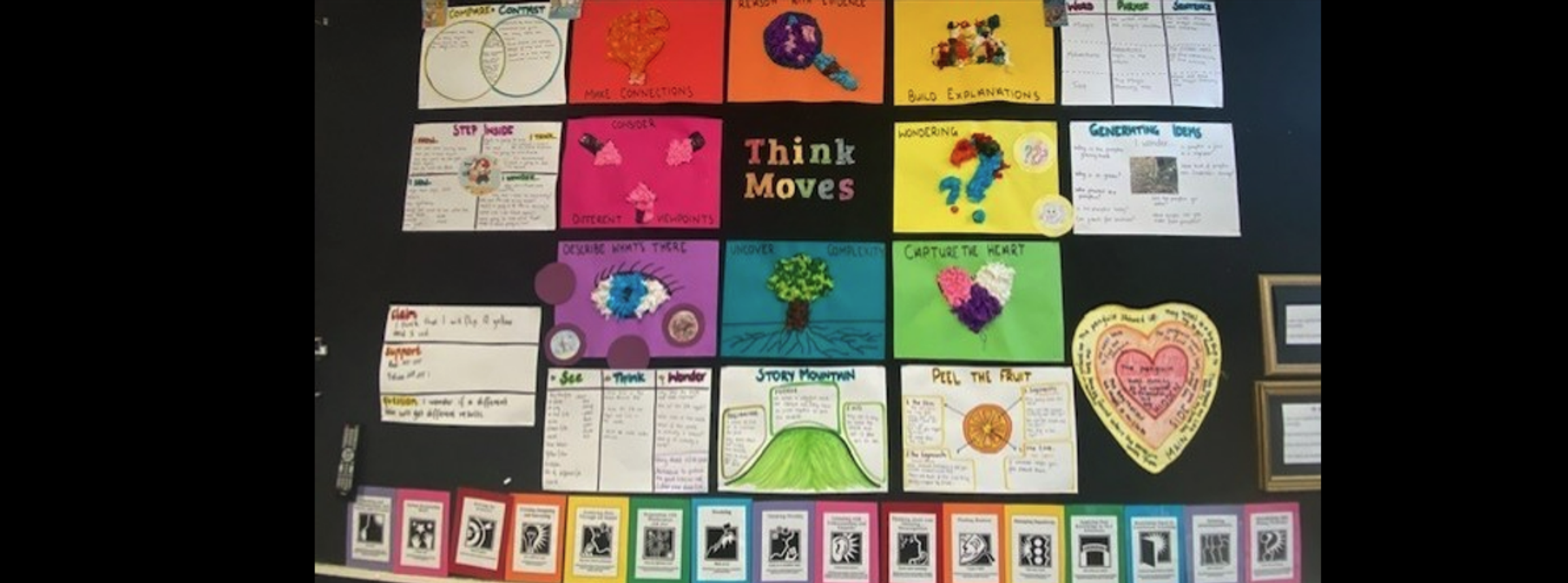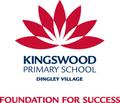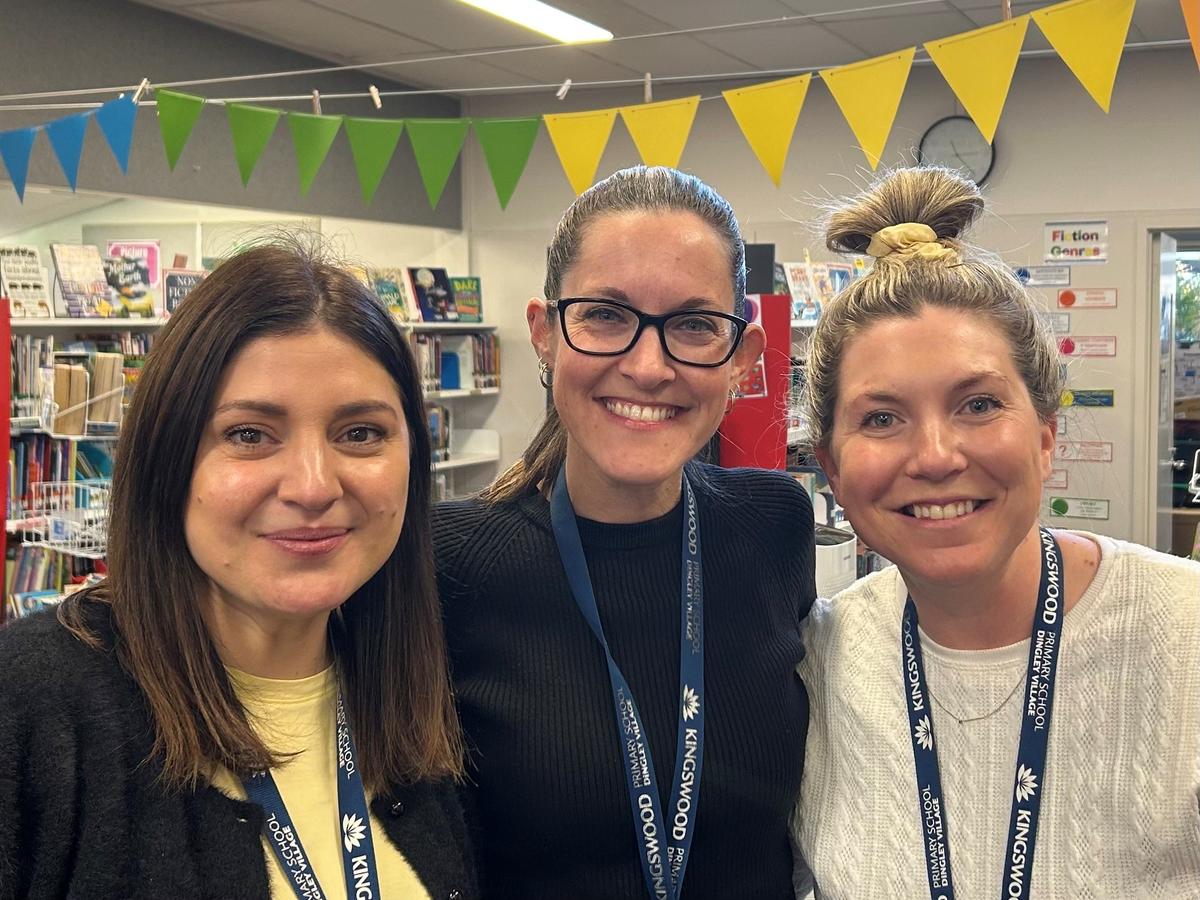Cultures Of Thinking

Holly Torcasio, Leanne Taylor and Amy Hardie
Get Ready to Think! Using Thinking Routines during Book Week and Beyond! 📚
Book Week is such a special week where we look forward to celebrating the joy of reading! Reading with your child is one of the most powerful things you can do to support their learning and it’s a wonderful way to connect, spark conversation and learn about the world.
This Book Week, we want to share a simple, but powerful way to make reading time at home even more engaging and meaningful, using Project Zero thinking routines.
What Are Thinking Routines?
Developed by researchers at Harvard Graduate School of Education, Project Zero thinking routines are a set of questions or prompts that help to make a child's thinking visible. They are not a test or a quiz; they are a fun way to spark curiosity, encourage discussion, and build critical thinking skills. They can be used with any book, at any time!
Three Simple Routines to Try at Home:
Here are three routines you can start using tonight with your child.
1. See, Think, Wonder 🧐
This is a great routine for any book, but it's especially useful for books with rich illustrations.
See: "What do you see in the picture?" Encourage them to point out specific details like colors, characters, or objects.
Think: "What do you think is happening here?" or "What do you think that character is feeling?" This encourages them to make connections and infer meaning.
Wonder: "What does this make you wonder?" or "What questions do you have about this picture/story?" This promotes curiosity and helps them develop questions.
2. Connect, Extend, Challenge 🔗
This routine is perfect for helping children connect the book to their own life and to the world around them.
Connect: "What connections can you make between the book and your own life or other books you've read?"
Extend: "What new ideas or thoughts did this book give you?" or "What did you learn that extended your thinking?"
Challenge: "What is confusing or challenging about this book?" or "What do you disagree with?" This is great for older children to encourage critical evaluation.
3. The 3 C's: Commitments, Conflicts, and Changes 🔄
Use this routine to explore characters and their journey through the story.
Commitments: "What is the character trying to do or achieve?"
Conflicts: "What problems or challenges is the character facing?"
Changes: "How did the character change by the end of the story?"
Making Reading Time a Thinking Time
These routines are designed to be flexible and fun. You don't have to use all the questions, and you can adapt them to fit your child's age and interest. By using these simple prompts, you're not just reading a story; you're building a deeper understanding, fostering curiosity, and making thinking a natural part of your family's reading time. We hope you and your child have had a wonderful Book Week full of new adventures, exciting conversations and great books!

